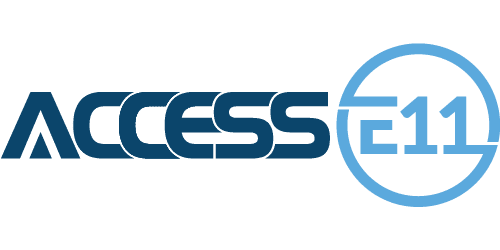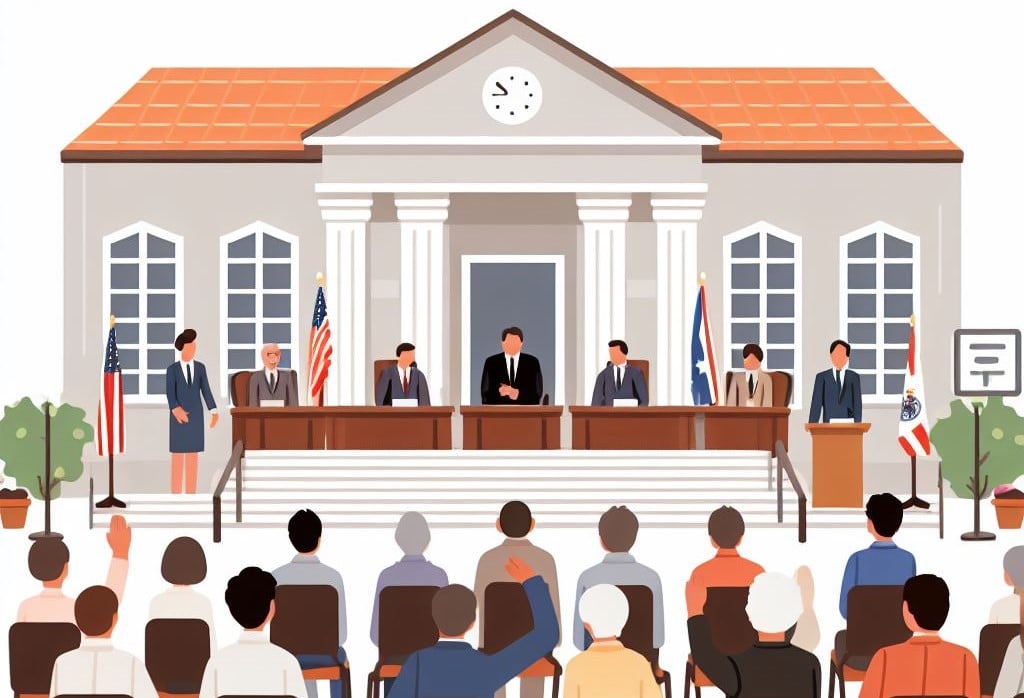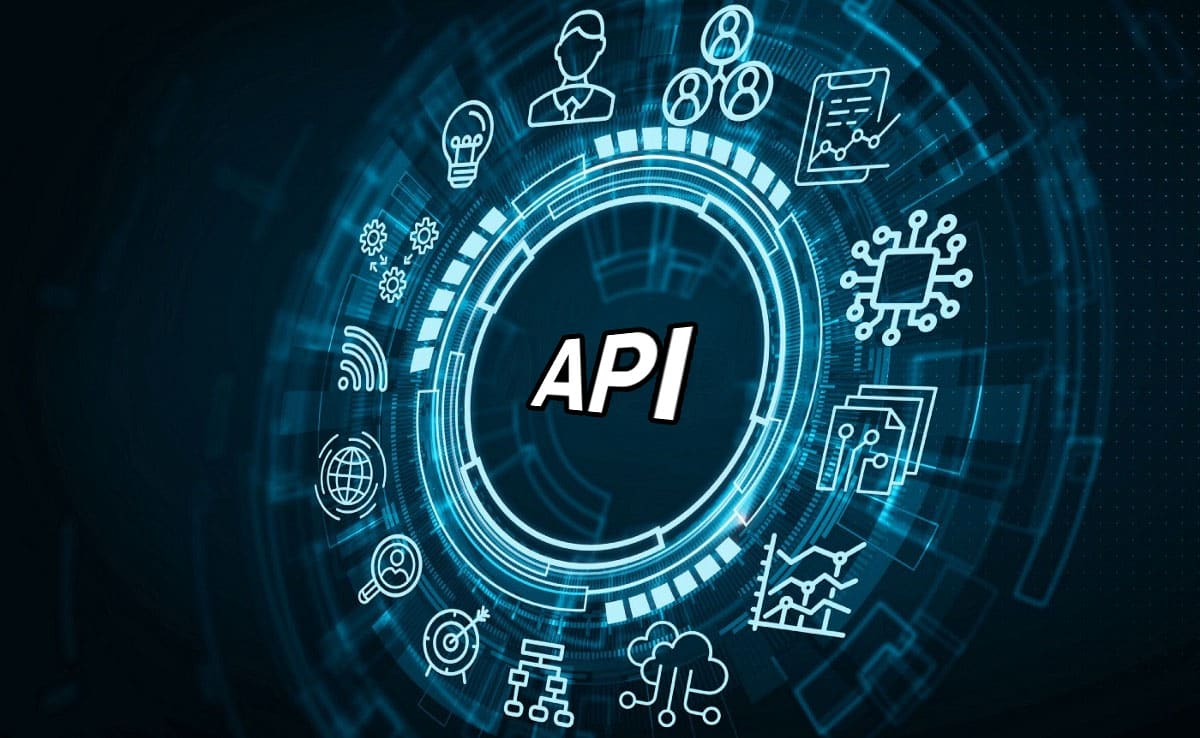In the current landscape of municipal management, the shift towards digital engagement tools for managing citizen feedback has become increasingly crucial. A survey by the Center for Digital Government involving 169 local government leaders highlights this trend, revealing a substantial 51% increase in constituent participation due to the implementation of digital tools for citizen engagement. These tools, including virtual meetings and social media communication, have not only facilitated enhanced engagement but have also significantly improved government transparency, with over 60% of local leaders acknowledging this improvement.

The Impact of Citizen-Centric Technologies
The integration of citizen-centric technologies in municipal management has marked a significant shift in how local governments interact with their communities. The digital tools employed are not just about improving efficiency; they represent a deeper commitment to understanding and responding to the needs and preferences of citizens. In today’s digital era, the expectation for convenient, accessible, and responsive government services is at an all-time high. Citizens are looking for ways to engage with their local governments that align with their daily use of technology.
The growing preference for digital interaction suggests that citizens want to be heard and involved in the governance process, expecting transparency and accountability from their local officials. Research underscores this evolving dynamic, highlighting the importance of digital platforms in meeting these new expectations of managing citizen feedback.
Moreover, the embrace of digital tools is a response to the changing landscape of civic engagement. As the public becomes more accustomed to the immediacy and accessibility of digital platforms in other aspects of their lives, they naturally expect the same from their municipal services. This change is about adapting to a new way of civic interaction where feedback loops are quicker, decision-making is more informed by real-time data, and citizens feel a stronger connection to their local government. This is where the increase in citizen satisfaction becomes especially significant, as it reflects a more engaged and empowered citizenry, actively participating in the shaping of their communities.

Embracing Mobile Technology
The power of mobile technology in municipal services is undeniable. Surveys and insights reveal a striking trend: a whopping 80% of residents across all services report using mobile channels. This statistic reflects a significant shift in public expectations, where convenience and accessibility via mobile devices are not just desired but expected. Mobile apps offer a direct and user-friendly way for residents to interact with their local government, whether it’s to pay bills, access information, or participate in community decision-making processes.
This trend towards mobile technology is reshaping how municipalities operate and interact with their citizens. By adopting mobile platforms, local governments can offer services that are not only more accessible but also more aligned with the modern lifestyle. This alignment is crucial in an era where the majority of the population is accustomed to managing various aspects of their lives through smartphones. The adoption of mobile technology in municipal signifies a commitment to meeting residents where they are, both literally and technologically.

Realizing the Potential
The implementation of citizen engagement software in municipal represents a strategic approach to enhancing the efficiency and responsiveness of local government. This software enables municipalities to transform citizen feedback into actionable insights, streamlining the process of gathering, analyzing, and acting upon the valuable input from the community. This transformative process not only simplifies the management of feedback but also ensures that the voices of citizens directly inform policy and service improvements. By actively leveraging this technology, municipalities can prioritize issues that are most important to their residents, leading to more targeted and effective community solutions.
The success of this approach is evident in various municipalities across North America, where the implementation of citizen engagement platforms has led to measurable improvements in citizen satisfaction and participation. These successes demonstrate the effectiveness of digital tools in enhancing the quality of municipal services and the overall citizen experience. By adopting these technologies, local governments are not only addressing the immediate needs of their communities but are also preparing for a future where digital engagement and responsiveness are key to successful municipal management.

Steering Towards a Digitally Empowered Future
The adoption of digital tools and citizen engagement software in municipal management is a significant step towards building communities that are both responsive and forward-thinking. As municipalities embrace these tools, they create opportunities for more dynamic interaction with their community, ensuring that the services they provide are not only effective but also reflective of the evolving needs and preferences of their residents.
In this digital age, the role of municipal management is evolving rapidly, driven by the expectations of a populace that is increasingly tech-savvy and demanding of efficiency and transparency. By integrating digital engagement tools, local governments can significantly enhance their operational efficiency and service delivery. This integration allows for a more streamlined approach to managing citizen feedback, requests, and participation, ultimately leading to a more engaged and satisfied community. The data-driven approach facilitated by these tools enables municipalities to make informed decisions, prioritize resources effectively, and deliver services that truly resonate with their citizens’ needs.
Looking ahead, the continued adoption and refinement of digital tools in municipal management will play a crucial role in shaping smart, sustainable, and citizen-centric cities and towns. As municipalities adapt to these digital advancements, they not only improve current operations but also lay the groundwork for future innovation and improvement. This journey towards digital empowerment is essential for municipalities to remain relevant, responsive, and resilient in an ever-changing world.
In Conclusion
AccessE11 is one solution that can empower your citizens to be more connected with their local municipalities. Combining issue management alongside citizen outreach capabilities will help build a bridge between residents and their municipality. Choosing a solution that is easy to use and approachable for the needs of your community means you will be able to make important decisions backed by the feedback you are receiving. By embracing this approach, you can ensure that you are not only addressing current needs but are also future-ready, capable of adapting to the evolving expectations of your community.
































